Mt Gee, Arkaroola, is 60m thick slab of crystalline quartz, resulting from hydrothermal activity. The prolific quartz cavities present a great variety of crystal form, colour and growth stages, including nail-hole quartz, only found at Arkaroola.
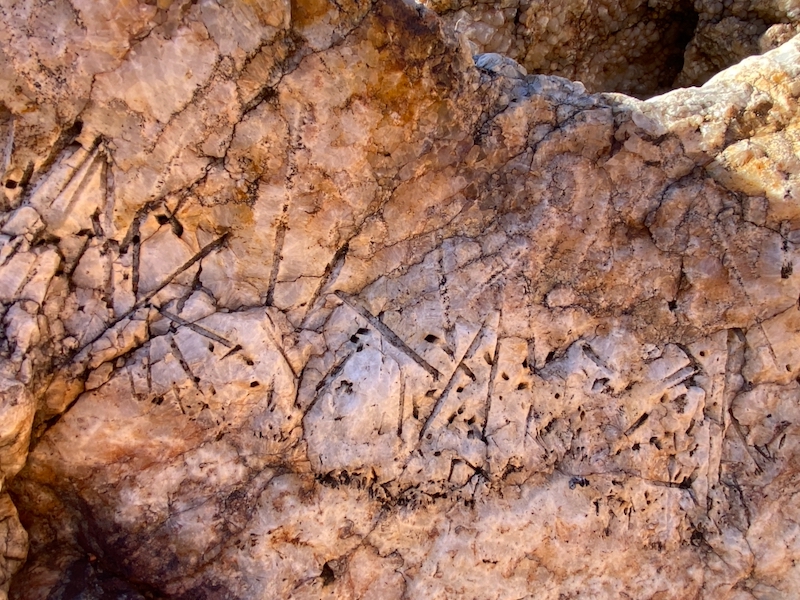
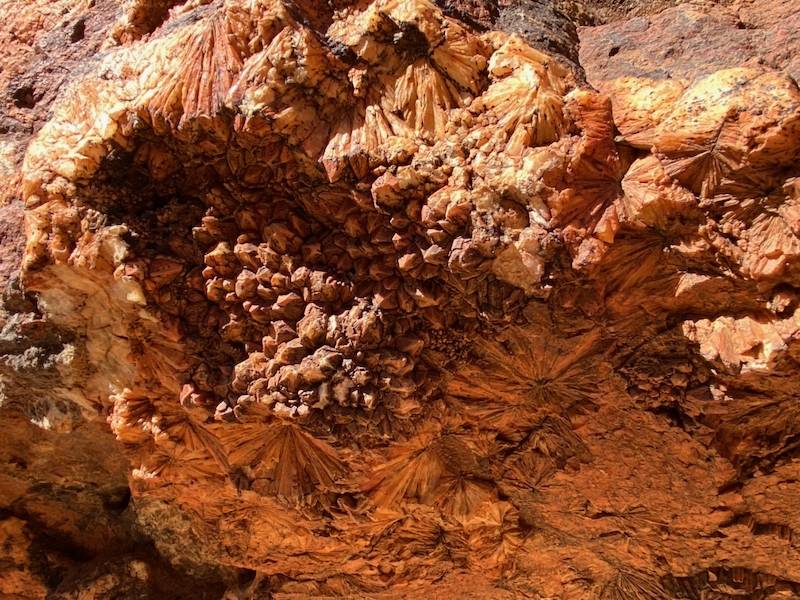
Mt Gee, Arkaroola, is 60m thick slab of crystalline quartz, resulting from hydrothermal activity. The prolific quartz cavities present a great variety of crystal form, colour and growth stages, including nail-hole quartz, only found at Arkaroola.


Cheilanthes lasiophylla, the woolly cloak fern, growing in a crevice of the Pinnacles, a pegmatite intrusion formation at Arkaroola.
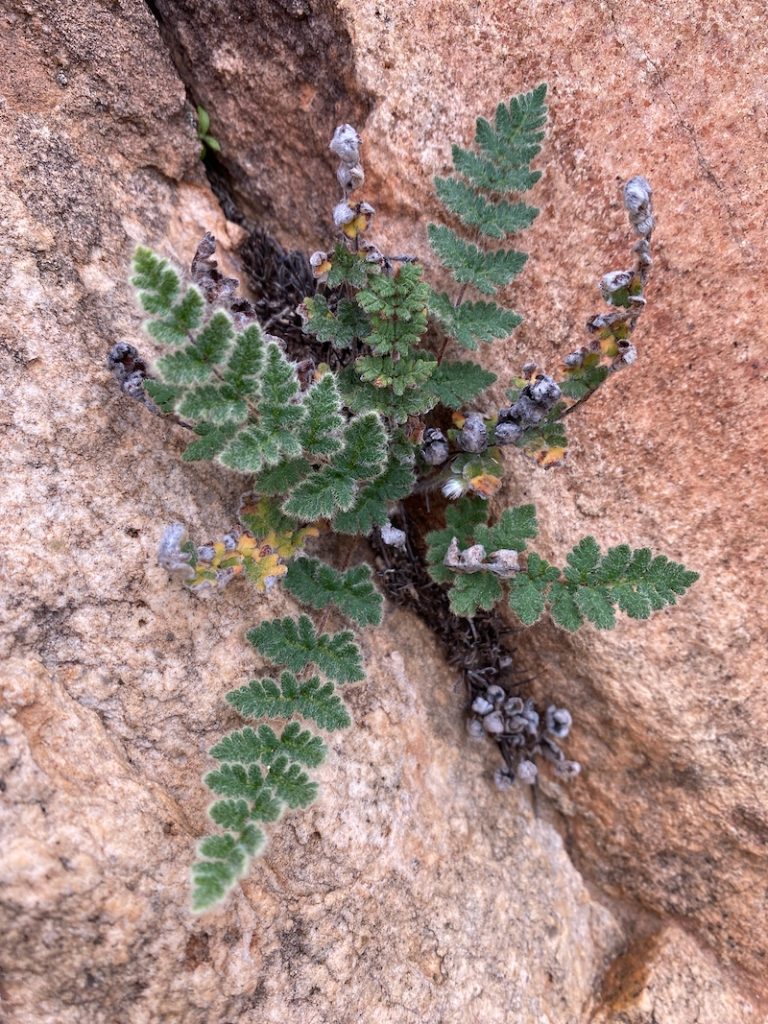
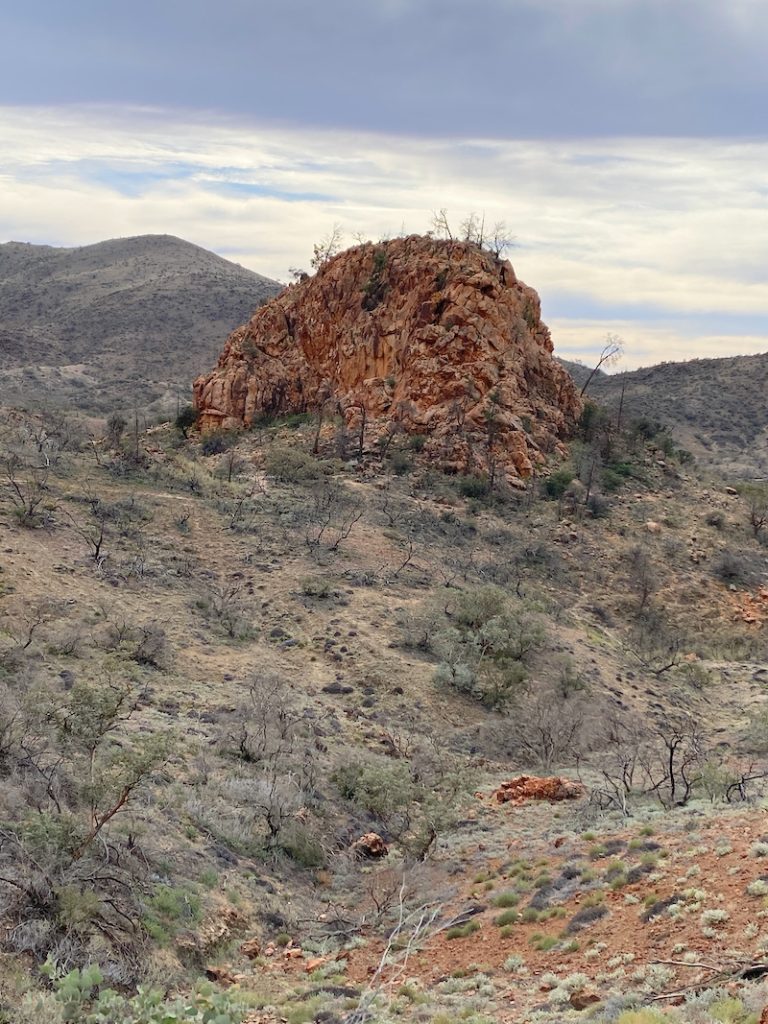
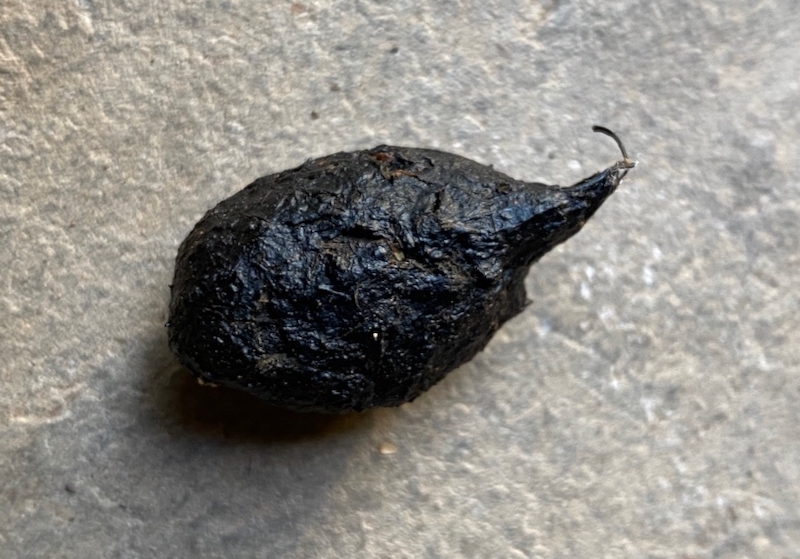
Rough heliotrope (Heliotropium asperrinum) flowering amongst spinifex on the rocky slopes of Arkaroola in winter.


Leiocarpa, or plover-daisy, flowering at Arkaroola in winter.


Einadia nutans, the climbing saltbush, fruiting near Mt Gee at Arkaroola in the northern Flinders Ranges in winter.


Solanum petrophilum, the Rock Nightshade, flowering at Arkaroola in winter.

Purple Goodenia flowering in early winter on the rocky slopes of Arkaroola.


Acacia confluens, the Arkaroola Wattle, is a small shrub with crescent shaped phyllodes which grows at Mt Lyndhurst and Arkaroola. Seen here in the steep stony hills of Arkaroola, north Flinders Ranges.


Iron hydroxides percolating through sandstone can form concentric patterns called Liesegang rings. These palm sized samples were seen in a localised area to the west of Leigh Creek in the Flinders Ranges.


